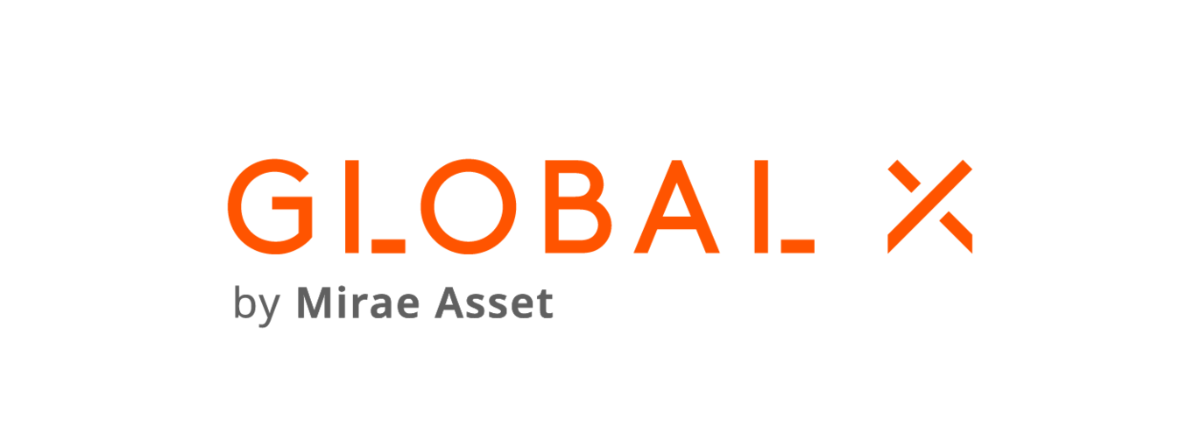Equity ETFs offering protection against market volatility have taken many guises over the years, from factors such as equal weight and minimum volatility to dividend-paying strategies, investors have been able to buffer their equity portfolios from market dips one way or another.
Earlier this month, ETF investors in Europe were given a new tool to protect their portfolios on the downside in the form of the Global X S&P 500 Covered Call UCITS ETF (XYLU).
Listed on the London Stock Exchange and Deutsche Boerse with a total expense ratio (TER) of 0.45%, it is the second covered call strategy launched by the firm, after it unveiled the Global X Nasdaq 100 Covered Call UCITS ETF (QYLD) in November last year.
The launch also expands on its two defined outcome ETFs launched in February, the Global X S&P 500 Quarterly Buffer UCITS ETF (SPQB) and the Global X S&P 500 Quarterly Tail Hedge UCITS ETF (SPQH).
Tracking the Cboe S&P 500 BuyWrite 15% WHT index, XYLU synthetic strategy is designed to generate steady income during periods of volatility by selling covered call options with underlying exposure to the S&P 500.
It hopes to appeal to investors that think the stellar return of the US flagship index so far this year – 19.7% as of 19 July – will falter, as high interest rates finally generate the economic slowdown the Federal Reserve is hoping to manufacture.
“The aim is to give investors an alternative income solution,” Rob Oliver, head of business development at Global X ETFs in Europe told ETF Stream. “When you see rates rising these ETFs do not have the same duration risk because the yield is generated through the premium options.
“It is also a good option when markets move sideways because they generate the yield from a volatility perspective. You are giving up the upside on the equity market, but if the markets are moving sideways, you are not subject to the downtrend on the equity market.”
Global X’s US-listed version of the strategy launched in 2013, and has garnered some interest among investors, capturing $2.9bn assets under management in the decade since.
So how does the index work? And is it a worthwhile endeavour for investors?
Methodology
The index attempts to protect investors from volatility by offering a ‘long’ exposure to the S&P 500 NTR 15% USD index, and a short on the S&P 500 Call option, expiring monthly.
Through this, investors can achieve an income that is either paid out – capped at 1% – for the distributing share class, with the remainder reinvested, or simply reinvested in the accumulating share class.
“One of the main questions we get asked is whether this is just a pure income strategy, but it is both income and capital growth, depending on the volatility and the premiums received over time,” Oliver said.
Investors in the distributing share class will receive half of the premium up to 1% every month. For example, if the ETF receives a 3% premium from selling at the money option the ETF will pay out 1% with the remaining 2% reinvested.
“The reason why that is important is because you always have the capital growth potential,” Oliver said. “If you started with $100, and we got $3 of premium and the market went sideways, you would still have $102 at the end of the month.”
The investor view
Whether investors think we are likely to experience more volatility or not over the coming months, do they see a covered call strategy as a useful tool for their portfolio?
For some investors, currently elevated bond yields could mean fixed income is the preferred approach for avoiding volatility in equities.
Peter Sleep, senior investment manager at 7IM, said: “With interest rates so much higher today it is relatively easy to generate an income without getting involved in more complex strategies like this.”
However, Oliver said covered calls do not carry the rate risk fixed income products do, and added that premiums received over the past couple of years for the US equivalent ETF were 14.5% so far in 2023 and 30% in 2022.
“Although we have to be careful from a lookback perspective, if you compare the premiums to fixed income yields they are higher without the same rate risk,” he said. “Obviously, you do get the downside equity risk which fixed income does not.”
Sleep also raised concerns about the heavy underperformance of the index compared to the S&P 500 over the long term, underperforming by 2.25% a year before fees since 1986.
Furthermore, he said tax could also be an issue for UK investors, taking capital gains – which is taxed at 20% – and turning it into income – taxed at 45%.
“So potentially, instead of paying 20% tax on your capital gains you could end up paying 45% on the income this strategy generates,” Sleep said.
However, according to Oliver, the premiums received on the options are not seen as “traditional income” from a UK perspective, meaning the distributing share class is unlikely to be subject to the higher rate of income tax.
“Obviously, it depends on the jurisdiction, but options premium is not typically seen as income,” Oliver said.




